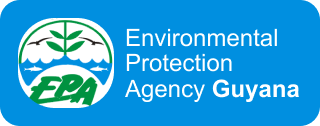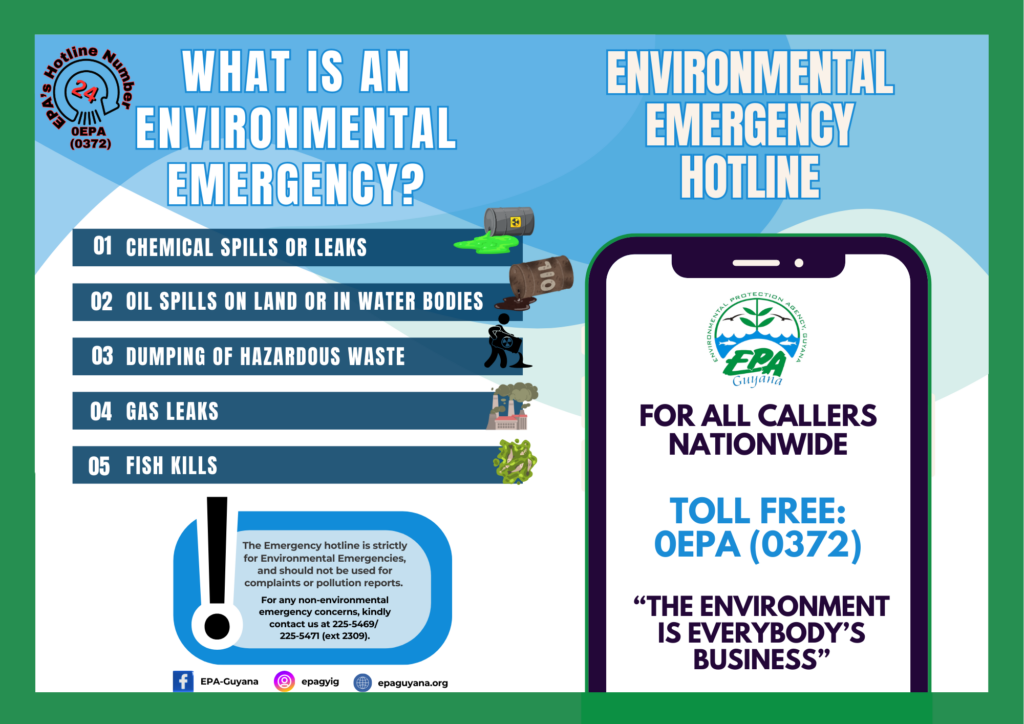EPA Monitoring Produced Water Discharges Closely
Produced Formation Water (PFW), sometimes called Produced Water (PW) is water trapped in underground formations that is brought to the surface during oil and gas extraction.
This water has been in contact with the hydrocarbon-bearing formation and as a result, contains some of the chemical characteristics of the formation itself. Constituents found in produced water may include:
- Salts dissolved from the formation
- Oil (which can result from contact with the hydrocarbon bearing formation)
- Other natural inorganic and organic compounds
- Naturally occurring radioactive materials (NORM), and
- Chemical additives from well drilling, PFW treatment and operations that have been introduced into the water.
Offshore production platforms around the world typically discharge PFW into the ocean after treatment to meet strict discharge quality requirements. It can also be reinjected into geological formations, such as a hydrocarbon reservoir that is no longer in production.
Over time the rate of production of PFW from a well will typically increase, with relatively low production rates early in the life of a well. Hence consideration of treatment and reinjection options is part of continuous improvement of discharge management over the life of a producing field.
Properly managed, the risks of environmental impacts from PFW releases from offshore platforms are very low. Long term studies in the North Sea, Australia, Brazil and globally have found only minor, chronic impacts to very sensitive organisms close to the facility[i], with even lower impacts in the
tropics where warm water temperatures help with rapid biological degradation and volatilization of the trace concentrations of hydrocarbons. These very minor environmental changes do not impact fisheries and occur within fishing exclusion zones around the rigs.
The Executive Director of the Environmental Protection Agency of Guyana, Mr Kemraj Parsram wishes to advise that:
“Despite these low risks, the EPA is committed to leading practice management of PFW in the Guyana EEZ[ii]. We receive live feed of the PFW releases from the FPSOs[iii] and monitor those constantly. We also undertake independent sampling of water quality to ensure that our standards are met.”
The EPA requires that PFW meets the MARPOL Annex I Regulation 14 requirement that any discharge to the sea after treatment must have an oil content that does not exceed 15 mg/L (parts per million), with a maximum measurement on any day of 42 mg/L and a monthly average of less than 29 mg/L. The temperature of the discharge must not exceed three (3) degrees Celsius of the ambient (surrounding) seawater temperature within 100 meters radius of the discharge point.
“The EPA would never allow any discharges that could be described as “hot, greasy water” from ever occurring in Guyanese waters. Our requirement is that any impacts have to be well within acceptable levels and as low as reasonably practicable. We use continuous independent satellite monitoring to detect even the slightest oil sheen on the waters and thermal imaging to detect every gas flaring. We ensure that our standards are being met every day.”
Despite this close oversight, the EPA is committed to increasing its monitoring of discharges from the FPSOs and developing an independent review of the monitoring data with the help of international
experts. The EPA is committed to providing the people of Guyana with transparent, verifiable and reliable reporting of the impacts of the petroleum industry in Guyana.
The EPA wishes to assure the public that it continues to work with integrity, fairness,
and transparency.
End Statement
[i]E.G. Brooks SJ, Harman C, Grung M, Farmen E, Ruus A, Vingen S, Godal BF, Baršienė J, Andreikėnaitė L, Skarphéðinsdóttir H, et al. 2011. Water Column Monitoring of the Biological Effects of Produced Water from the Ekofisk Offshore Oil Installation from 2006 to 2009. Journal of Toxicology and Environmental Health, Part A. 74(7–9):582–604. doi:10.1080/15287394.2011.550566.
Gabardo IT, Platte EB, Araujo AS, Pulgatti FH. 2011. Evaluation of Produced Water from Brazilian Offshore Platforms. In: Lee K, Neff J, editors. Produced Water: Environmental Risks and Advances in Mitigation Technologies. New York, NY: Springer. p. 89–113. [accessed 2023 Sep 18]. https://doi.org/10.1007/978-1-4614-0046-2_3.
Neff J, Lee K, DeBlois EM. 2011. Produced Water: Overview of Composition, Fates, and Effects. In: Lee K, Neff J, editors. Produced Water: Environmental Risks and Advances in Mitigation Technologies. New York, NY: Springer. p. 3–54. [accessed 2023 Sep 18]. https://doi.org/10.1007/978-1-4614-0046-2_1.
Burns KA, Codi S, Furnas M, Heggie D, Holdway D, King B, McAllister F. 1999. Dispersion and Fateof Produced Formation Water Constituents in an Australian Northwest Shelf Shallow Water Ecosystem. Marine Pollution Bulletin. 38(7):593–603. doi:10.1016/S0025-326X(99)00028-4.
[ii]Exclusive Economic Zone
[iii]Floating Production and Storage and Offloading facility
Lorem ipsum dolor sit amet, consectetur adipiscing elit. Ut elit tellus, luctus nec ullamcorper mattis, pulvinar dapibus leo.


